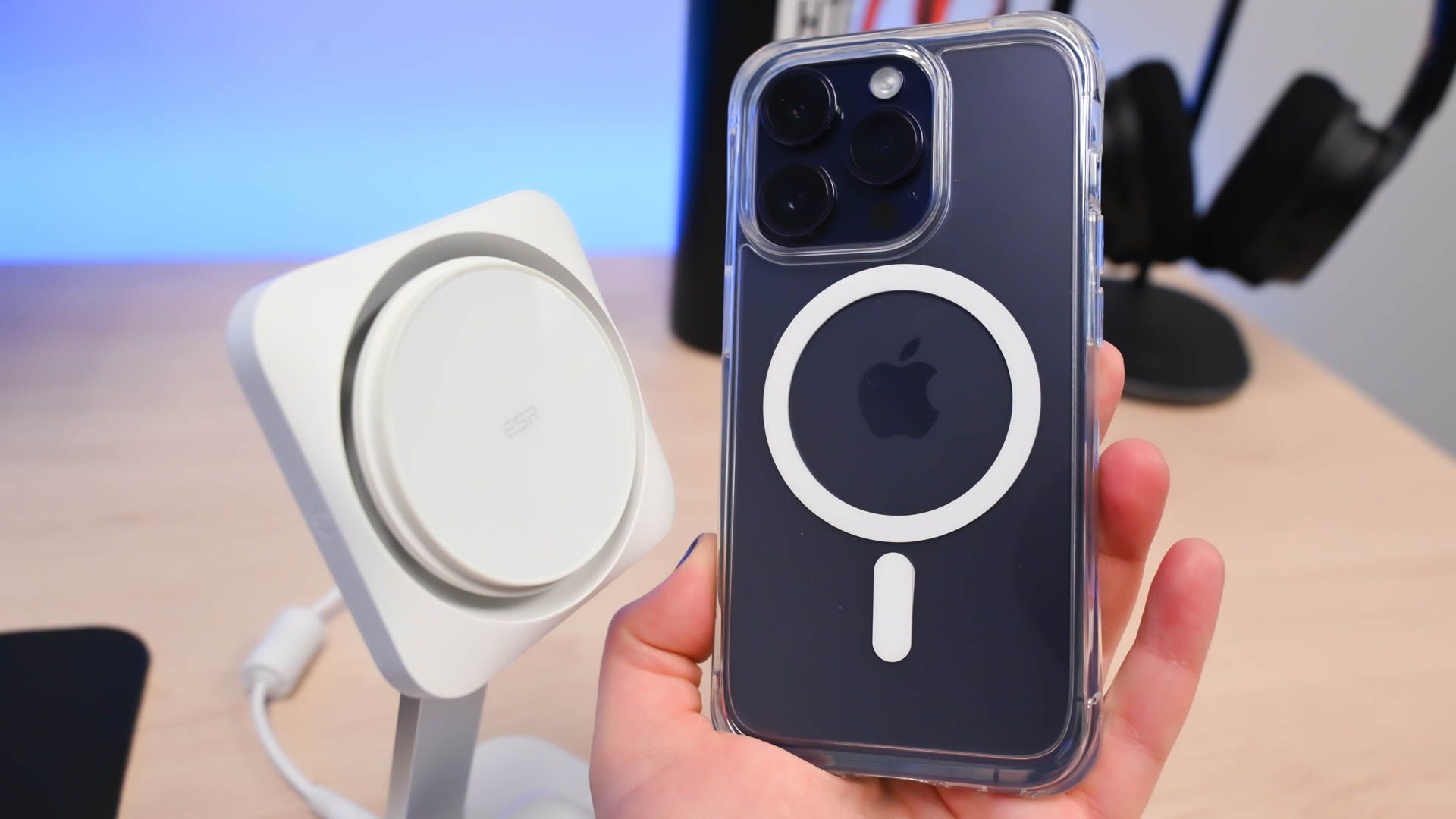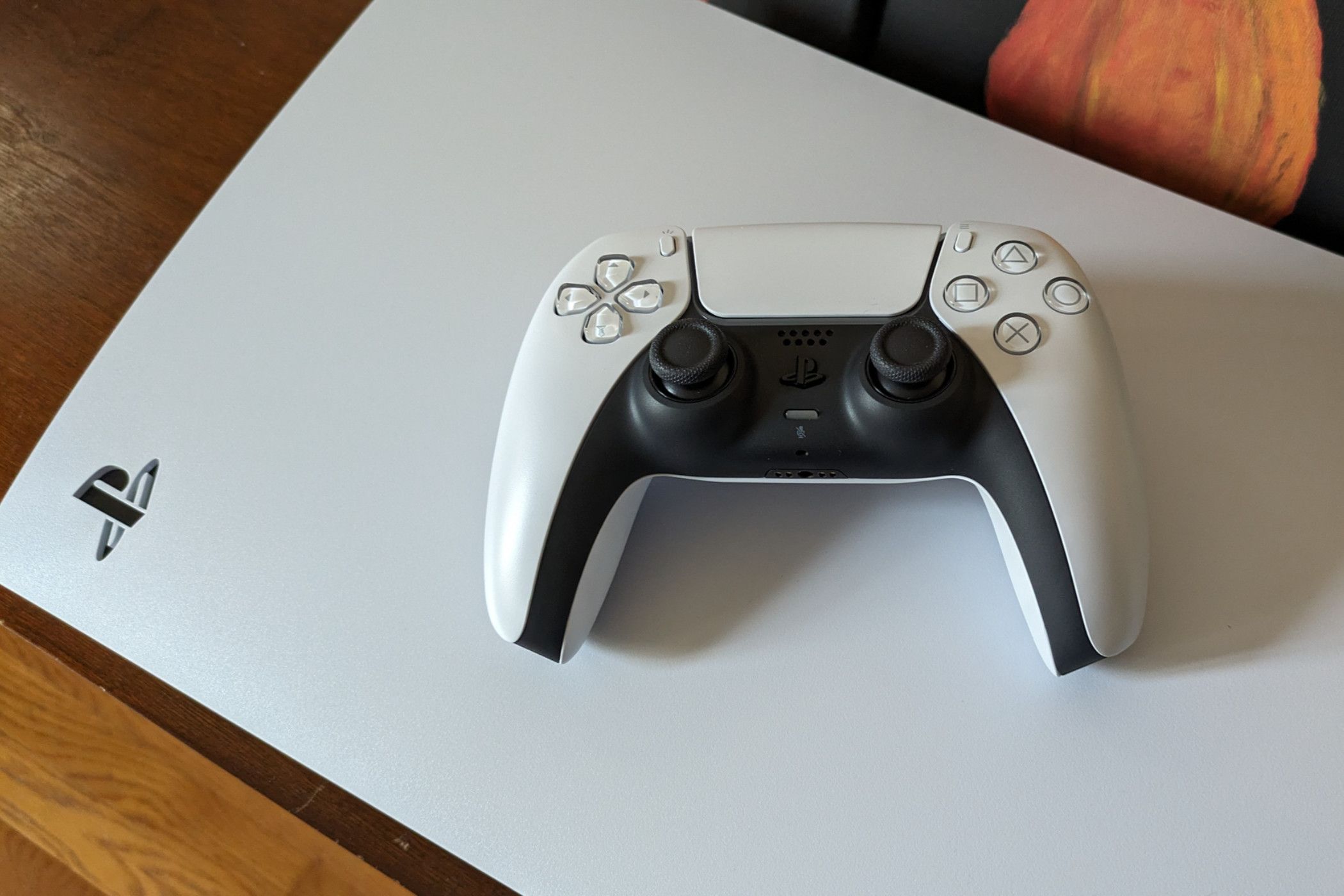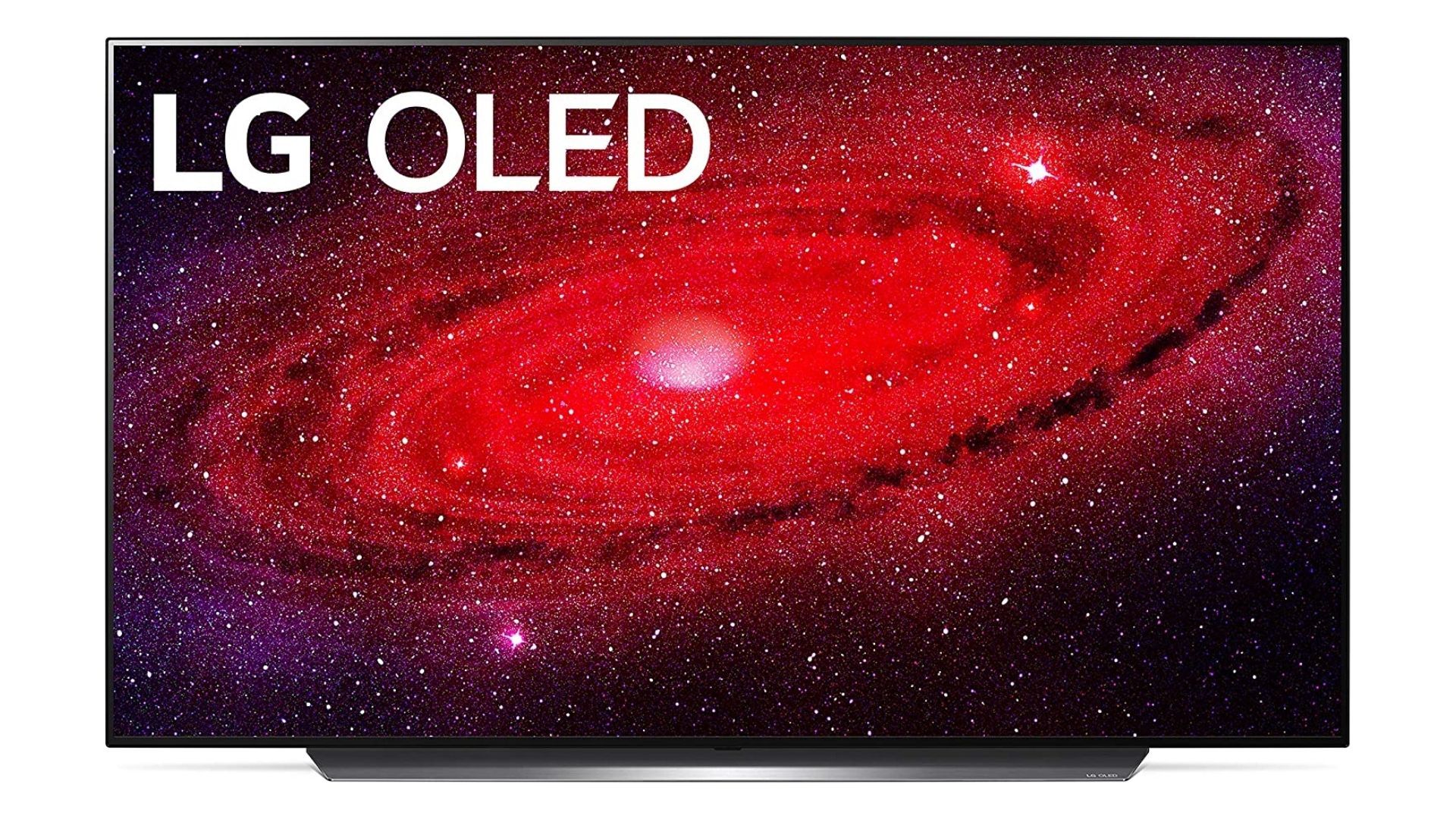Revitalize Your System: How Software Updates Solve Most Issues

Revitalize Your System: How Software Updates Solve Most Issues
Key Takeaways
- Apple’s iOS 17.2 update doubles charging speed for iPhone 13 and later with Qi2 wireless charging standard.
- Sony’s PS5 updates added features like VRR support, NVMe drive support, Dolby Atmos, showing continuous improvements.
- On the flip side, vehicle manufacturers like BMW and Mercedes offer paid software unlocks for features already present in cars, highlighting anti-consumer practices.
Have you updated your toaster recently? Though this may sound silly and far-fetched, we’re rapidly approaching the stage where everything is connected and able to receive over-the-air updates.
Update Your iPhone for Faster Charging
Apple’s iOS 17.2 update was a bit special, particularly if you have an iPhone that’s a few years old. Though we’re used to smartphone manufacturers adding new apps and features in their updates, rarely does an update go as far as doubling the wireless charging speed.
But that’s exactly what happened with iPhone 13 and later devices. As part of the introduction of the Qi2 wireless charging standard , Apple upped the wireless charging speed of these devices from 7.5w to 15w. You don’t even need a proprietary Apple MagSafe charger to take advantage of the speed boost, since Qi2 is an open standard.

Hannah Stryker / How-To Geek
Announced by the Wireless Power Consortium, Qi2 has been designed as a universal wireless charging system that incorporates magnets for more efficient (and less fiddly) wireless charging. Over time, Qi2 speeds are set to increase beyond the 15w ceiling so it’s possible we’ll see further improvements delivered over-the-air in the future.
Perhaps Apple planned this move years ago, or perhaps the standard evolved in such a way that the company realized existing hardware already met specifications. Either way, it’s a welcome addition for anyone who prefers charging pads to cables.
Sony Keeps Improving the PlayStation 5 With Updates
Software updates are part and parcel of owning a console, but for PlayStation 5 owners software updates have been transformative. In September 2021 the ability to upgrade system storage using the built-in M.2 slot was added to the PS5 among other features like 3D audio for TV speakers.
Later came “Hey, PlayStation” voice controls in early 2022. But arguably the biggest update came a year later in March 2023, when Sony added variable refresh rate (VRR) support, a feature that matches a display’s update rate to the frame rate of the game.
The biggest caveat is that games need to explicitly support VRR to make use of the feature, which can help eliminate screen tearing and make performance dips less noticeable. Sony added support for 1440p resolution in September 2022, but VRR doesn’t work when using this mode.

Kris Henges / How-To Geek
And lastly, 2023 saw Sony add support for NVMe drives of up to 8TB in size (up from 4TB previously) and Dolby Atmos support in a single update. Fortunately, there are no signs that Sony is slowing down on continually updating the PS5, with an update that cleans up DualSense microphone quality added to the beta branch of Sony’s software updates in February 2024.
Many of these features were advertised and hotly anticipated when the PS5 was first announced, notably VRR support and expandable storage. But both had to be patched in well after the system launched. Will Sony be making good on its promise of higher-resolution display support too? There’s a big “8K” logo on the box, so we can only assume.
Though these updates are welcome additions, the idea that a product can be announced, shipped, and fixed later should raise some eyebrows. Sony isn’t the only company taking this route, Microsoft also patched-in features like Dolby Vision for Games and Xbox Cloud Gaming to the Series X and S consoles.
Your Next Car Might Have DLC
Owners of modern automobiles, particularly electric ones, are no strangers to over-the-air updates. Connecting your car to Wi-Fi (or using a built-in cellular connection) and then downloading a software update can affect everything from the in-car entertainment system to the way your vehicle drives.
Generally speaking, this is a good thing. The ability to fix bugs, improve security, and add more features to your car in an update is something that has only been possible in the last decade or so. But there’s another side to the software update revolution. Manufacturers are using the over-the-air update model to charge for features that are already present in their cars.
In 2022 BMW started selling a monthly heated seat subscription , with the option to buy the feature outright for $415. The kicker is that the hardware required to heat your seats is already in the car. The software update unlocks a feature that you’ve effectively already paid for. The video BMW produced introducing these add-ons is really quite something to behold.
BMW isn’t the only manufacturer to pull this trick. Mercedes charges a few thousand dollars to permanently increase the acceleration of its EQE and EQS models . Tesla has been at this for the best part of a decade, once charging Model S customers more than $3,000 to use the full battery capacity .
Even if auto manufacturers try to spin the base price as a “discounted” rate that doesn’t account for these features, you’re still technically paying for every component in your car when you drive out of the showroom. Many feel like this practice is anti-consumer, and it has led to renewed interest in circumventing manufacturer restrictions entirely.
Much in the same way that you can jailbreak your smartphone , one day you might be tempted to jailbreak your car too. Owners of BMW’s 2018 4-Series found ways of unlocking their vehicle’s full potential for much less money than what BMW was asking. The main issue here is that jailbreaking your car would also likely void its warranty.
Everything Is Connected Now
The “Internet of Things” is a very 2016 term used to describe the interconnected nature of everyday objects. Though its usage has declined, the concept is more alive than ever. Everything from kitchen appliances to HVAC systems are now available with some form of connectivity, and a major selling point is software updates.
If you buy a TV today, there’s a good chance there will be a patch waiting for you to download when you plug it in. This makes sense, TVs are connected devices used to consume content. But what about your next dishwasher? It might sound ridiculous, but Consumer Reports claimed that 20 percent of dishwashers for sale in 2023 had some sort of Wi-Fi connectivity.
The more “smart” objects we fill our houses with, the more things will need to be updated. This isn’t just a means of adding features and fixing bugs, sometimes these devices are discovered to have serious security flaws and software updates are vital to maintain privacy and security. The good news is that most of this happens in the background. Even smartphones and computers update without your involvement these days, though that’s not always for the best.
Of course, security and privacy issues aren’t too much of a concern if your appliance doesn’t connect to the internet in the first place.
Software Updates Can’t Fix Everything
There are limitations to how far a software update can go in terms of remedying a problem. In 2020 a security flaw was discovered in Intel processors that left the system open to local or physical attacks. Due to the nature of the problem, the only way to fix it is to replace your processor with a new one.
Models of LG OLED TVs produced in 2019 and 2020 (including the C9 and CX) were affected by a “raised blacks” bug that also caused flickering in VRR content when the refresh rate of the monitor was below 120Hz. An LG software update helped to make the problem less noticeable but, due to the way the sub-pixels on the panel remain charged, there was no way of eliminating it entirely except by changing the way panels were produced.

LG
LG
There are always going to be problems that require a hardware revision to truly overcome. A lot is possible with software updates as long as a company is dedicated to supporting its products. It’s worth keeping this in mind when you’re investing in cutting-edge technology that has yet to prove itself in real-world usage.
There is also a darker side to the constantly changing nature of the software we use. We’ve discussed releasing half-finished products and the practice of unlocking features you’ve already paid for, but what about software updates that take things away?
One company that keeps making the news for doing this is HP. In a bid to block third-party ink vendors, HP is updating its printers to “protect” the customer experience. That’s something to keep in mind the next time you’re shopping for a printer.
Keep Your Devices Updated
New features and improved stability are compelling reasons to update your smartphone, tablet, computer, or even TV. But more important are the security updates. Android devices get dedicated security updates and Apple no longer requires that you reboot your device to install critical security updates .
Did you know that iPhones that are no longer supported should still get important security updates ? The same is true of many Android devices too .
Also read:
- [New] In 2024, Explosive Entertainment for Little Ones
- [New] Mastering Selective Edits Blurring Images in PS
- [New] The Complete Guide to Crafting LUTs in 3D
- Comparing iPad Pro and MacBook Pro: Key Distinctions
- In 2024, 3 Effective Methods to Fake GPS location on Android For your Xiaomi Redmi Note 13 Pro+ 5G | Dr.fone
- In 2024, Meme Mastery Top Ten Template Treasures
- In 2024, Techniques for Correcting Motion Blur From Drones
- Prank Your Friends! Easy Ways to Fake and Share Google Maps Location On Honor 80 Pro Straight Screen Edition | Dr.fone
- Samsung Q60R Ultra HD Gaming QLED TV: In-Depth Product Evaluation
- The Motorola One Amoled with the Fastest 5G Speeds & Best Battery Life, Expertly Reviewed!
- The Ultimate Playlist 15 Ways to Revamp a Live Stream
- Unbeatable Wireless Routers of 2024 with Superior Extended Coverage
- Unveiling the Benefits of Garmin Vivosmart 4: Detailed Review on Battery Status, Stress Tests & More Features
- Title: Revitalize Your System: How Software Updates Solve Most Issues
- Author: Scott
- Created at : 2024-12-06 04:00:41
- Updated at : 2024-12-11 08:55:09
- Link: https://buynow-info.techidaily.com/revitalize-your-system-how-software-updates-solve-most-issues/
- License: This work is licensed under CC BY-NC-SA 4.0.